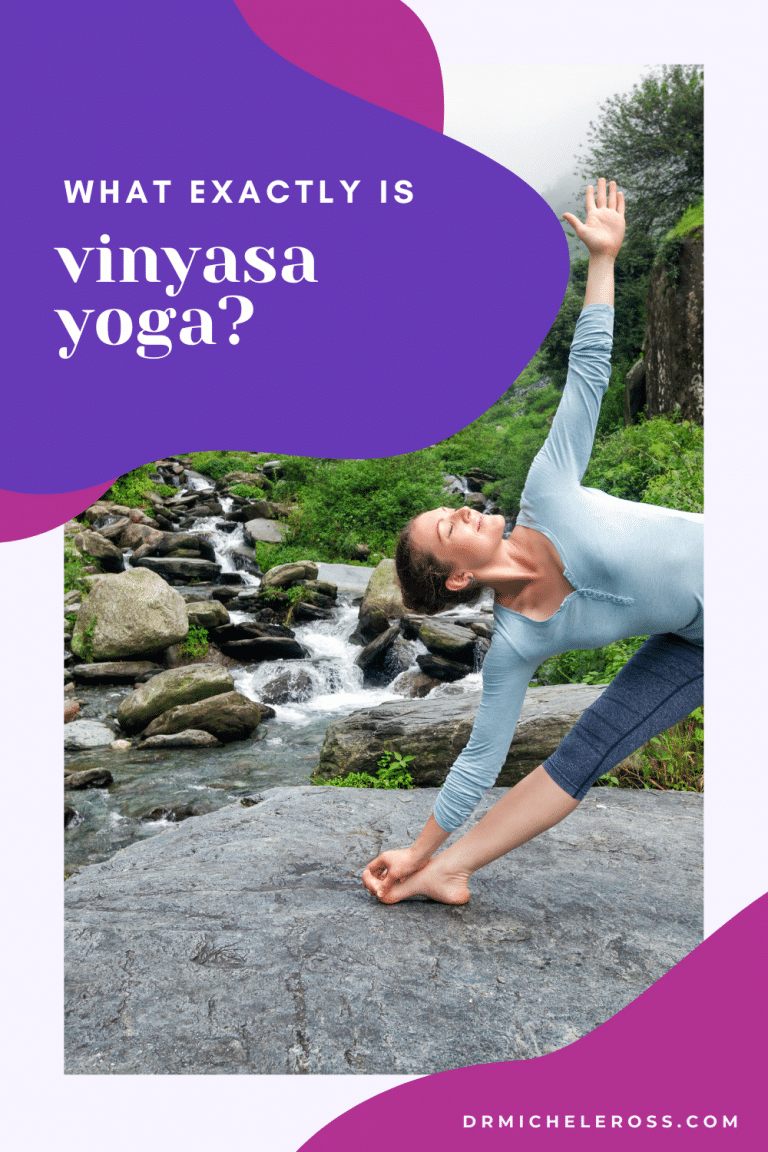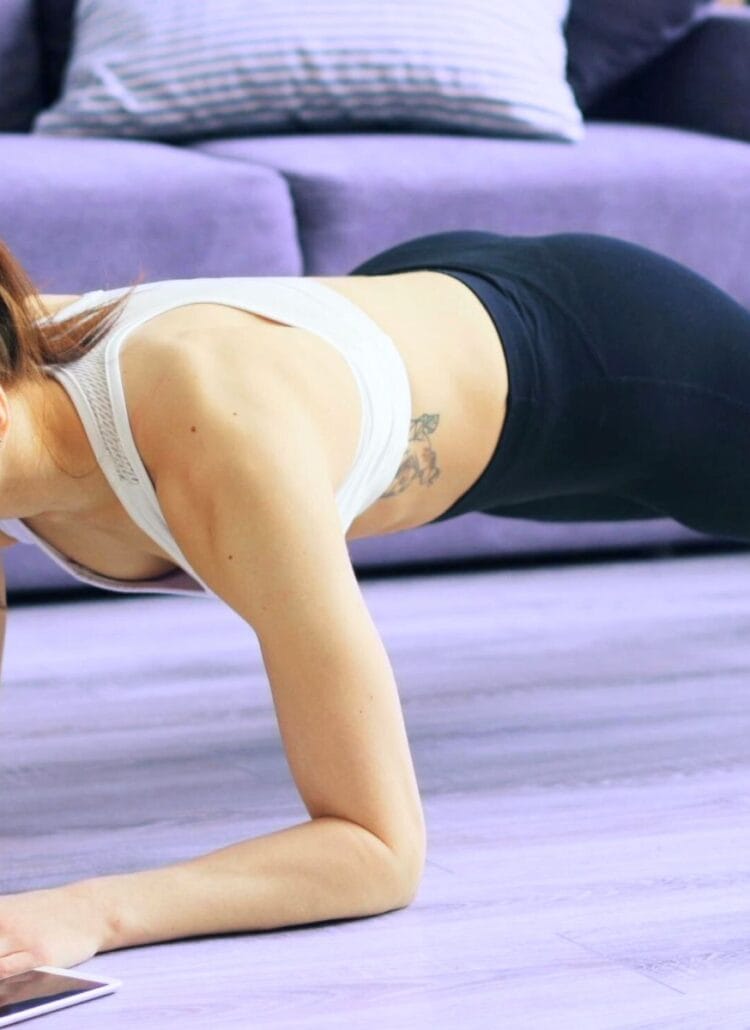
There are many types of yoga practices. There’s Bikram, Hot Yoga, Hatha, the increasingly popular Buti, Kundalini, and Ashtanga, to name a few. You’ve probably heard of Vinyasa yoga but might be unsure of what this practice entails.
The word vinyasa, itself, derives from the Sanskrit term nyasa, which means “to place,” and the prefix vi, which means “in a special way.” Thus, Vinyasa refers to the conscious and flowing movement that links one pose to the next in synchronicity with the breath. This essentially makes vinyasa not a distinctive yoga practice but a technique that can be applied to Ashtanga, Iyengar, and other forms of yoga. It’s quite possible that dedicated yoga instructors, like Gale Tobin, already incorporate Vinyasa into their practice.
Vinyasa is also a term used to describe a specific sequence of three poses that are commonly used throughout a Vinyasa class:
- Chaturanga (a low plank)
- Upward-Facing Dog
- Downward-Facing Dog
The Temporary Nature of All Things
Vinyasa dates back to the Vedic age, referring to the late Bronze Age and the Early Iron Age of India’s history. This is the earliest period of yoga, thousands of years ago. At that time, Vinyasa was a sequence of steps to make something sacred. As a philosophy, Vinyasa observes the temporary nature of all things, which is why one will enter a pose, stay there for a while, then move on, all while maintaining steady breathing.
Ujjayi breath is the breathing technique used during Vinyasa, and it refers to breathing in and out through the nose. This rhythmic style of breathing is supposed to create a sense of relaxation in addition to other benefits:
- Improved concentration
- Released tension throughout the body
- Regulated heating and cooling of the body, warming the core from the inside
- Diminished distraction
Sun Salutations
Among the different Vinyasa yoga poses are sun salutations, or Surya namaskara, said to date back to the Vedic age. These poses were used as a means of worshipping the sun. They were considered moving prayers; rituals conducted to honor the life-giving energy that made crops and food thrive.
In Sanskrit, Surya means “sun,” and namaskara means “to bow” or “honor.” With each inhale, one creates an upward movement while expanding their energy. With each exhale, one creates a downward movement, releasing that energy.
Vinyasas Yoga Benefits
Oftentimes referred to as “flow yoga,” Vinyasa yoga offers a variety of postures, and no two classes are ever alike. Flowing from one posture to the next enables one to focus energy on the breath, ideally surrendering the conscious mind and better understanding subconscious patterns, emotions, and habits. This fluctuation also helps to develop a more balanced body as well as prevent repetitive motion injuries that can occur when one is doing the same thing every day.
There are many benefits to Vinyasa yoga, including the following:
- Increased Flexibility
- Strength Building
- Improved Range of Motion
- Fat Burning
- Cardiovascular Health
- Muscular Development
- Enhanced Balance
- Stress/Anxiety Reliever
- Better Sleep
There is no doubt that Vinyasa yoga helps enhance overall health and well-being, leading to a healthier lifestyle. It’s a terrific way to remain fit while bringing a sense of calm and concentration to the mind. It is strongly recommended to begin with a devoted teacher who has a long-term yoga practice of their own.
Pin This Post





